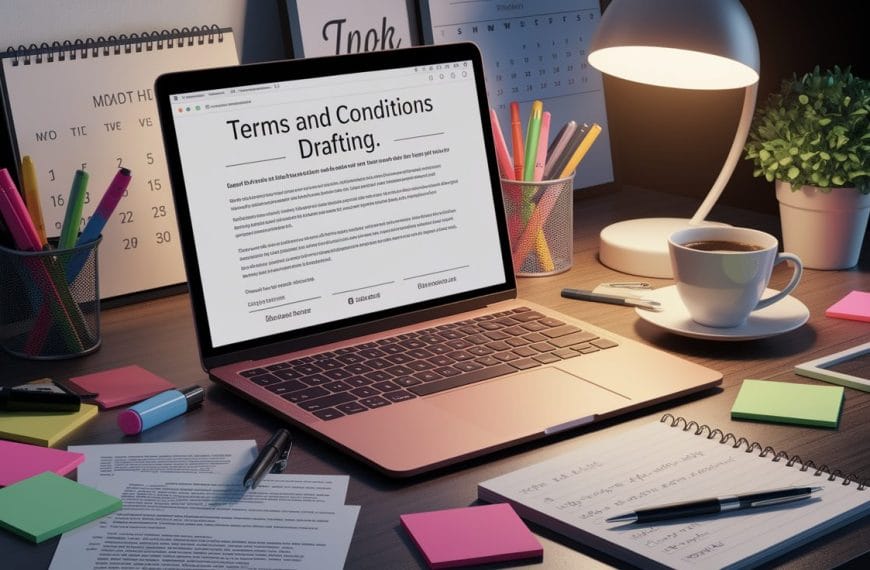Understanding Minors Healthcare Directives
Healthcare planning is never easy, especially when it involves children. You might feel like you’re standing at the bottom of a mountain with no climbing gear — unsure of where to start or which path to take. A healthcare directive is a legal document that outlines a person’s medical care preferences if they become unable to speak for themselves. For adults, this is a standard part of advance care planning. But when it comes to minors, the rules change.

In Minnesota and most states, minors cannot independently create these directives. Only parents or legal guardians have the authority to make medical decisions for a child. This is rooted in laws governing minor consent and healthcare guardianship. Exceptions exist — such as for emancipated minors or under the mature minor doctrine — but these are rare and highly specific to state law (learn more here).
Understanding this landscape is crucial. While your child’s voice may not carry legal weight yet, the emotional and ethical importance of documenting their wishes is undeniable — especially in cases of chronic illness or pediatric palliative care.
Assessing Your Child’s Healthcare Needs
Clarity starts with assessment. Before drafting anything, you must understand your child’s medical situation, their treatment options, and any foreseeable challenges.
Ask yourself: What specific healthcare scenarios might my child face? What interventions are acceptable, and which are not? These questions act as a map before you hit the trail.
- Current medical status: Gather records from your child’s healthcare providers.
- Chronic conditions: Identify treatments that might trigger future decision points.
- Mental health considerations: For adolescents, consider discussions about psychiatric treatments, even though formal directives may not yet apply (resource on psychiatric directives).
- Family values and beliefs: Align potential decisions with your ethical and cultural framework.
The goal? To ensure that when the unexpected happens, you’re prepared with both knowledge and a plan — instead of scrambling under pressure.
Drafting a Minor Healthcare Directive
Here’s where it gets tricky. Legally speaking, minors usually cannot sign binding healthcare directives. However, parents can create a document — often called a medical treatment authorization or parental healthcare proxy — to outline preferences for the child’s care if the parent is absent or incapacitated.

Think of this as a “bridge document.” It doesn’t give your child legal autonomy, but it ensures continuity of care if you cannot be reached. It’s also an opportunity to note your child’s expressed preferences, particularly if they are a teenager who understands the medical decision-making process.
Elements to include:
- Identification of the parent or guardian with decision-making authority.
- Named healthcare surrogate or proxy for temporary decision-making if the parent cannot act.
- Specific medical interventions permitted or refused (e.g., blood transfusions, resuscitation measures).
- Current medications and allergies.
- Emergency contact information.
By translating technical terms — for example, explaining “medical power of attorney” as simply “someone you trust to make healthcare choices for your child” — you make the document accessible for all involved providers.
Completing and Filing Your Directive
Creating the directive is only half the journey; making sure it’s recognized is equally important. A beautifully written plan means nothing if it’s sitting in a drawer during a hospital crisis.
- Sign the document in accordance with your state’s minor consent laws. Some states may require notarization.
- Provide copies to your child’s pediatrician, specialists, and school health office.
- Store a copy in an accessible place — ideally both in print and digital form.
- If applicable, upload to your child’s electronic health record for immediate provider access.
In Minnesota, while minors generally cannot have formal advance directives, filing parental authorization paperwork with healthcare providers ensures your instructions are clear and legally supported (see detailed legal context here).
Updating and Reviewing Directives Regularly
Life changes. So should your healthcare documents. An out-of-date directive is like a road map to a town that no longer exists — it may be detailed, but it won’t get you where you need to go.
Experts recommend reviewing pediatric healthcare directives at least annually, and urgently after:
- A new diagnosis.
- Significant change in treatment plan.
- Transition from middle school to high school (to capture developing maturity in decision-making).
- Any event where your child’s healthcare preferences evolve.
As your child approaches adulthood, begin transition planning. On their 18th birthday, the law shifts — they become fully responsible for their medical decisions. Without an adult healthcare directive, parents lose the automatic right to participate in those decisions.
In these moments, what was once parental consent becomes young adult autonomy. Planning ahead reduces the stress for everyone, ensuring your child’s voice is heard and respected when it matters most.







